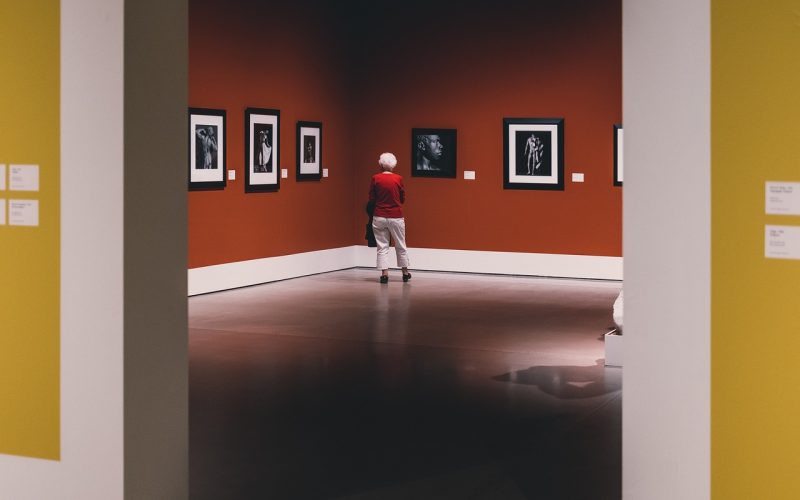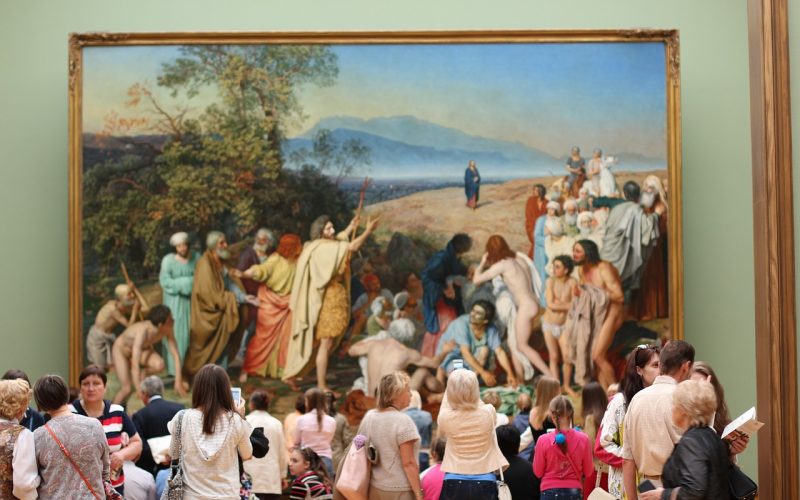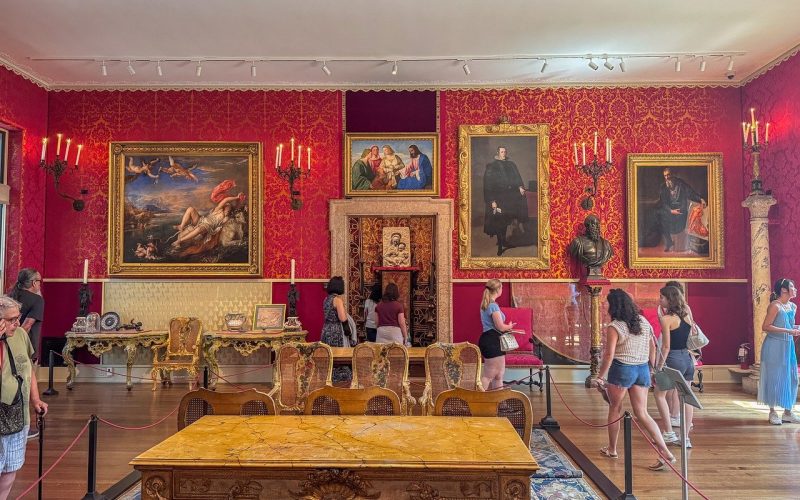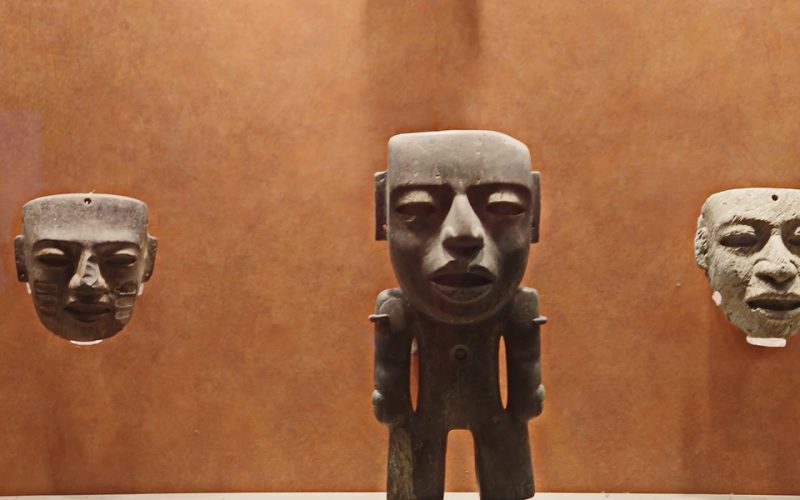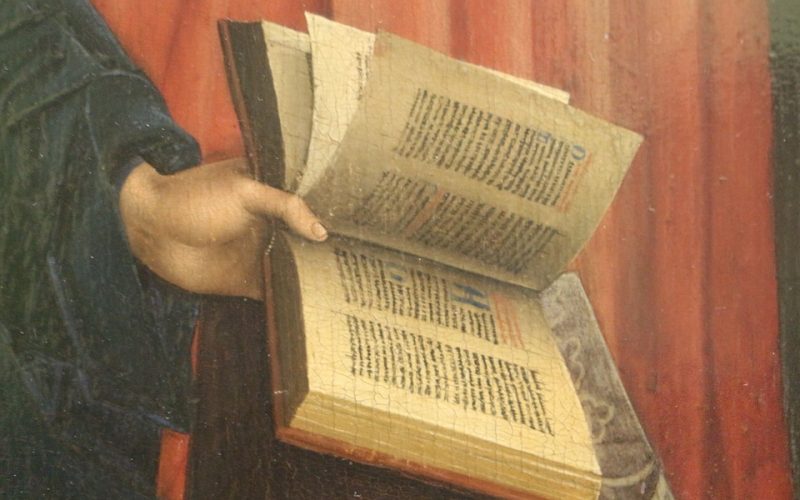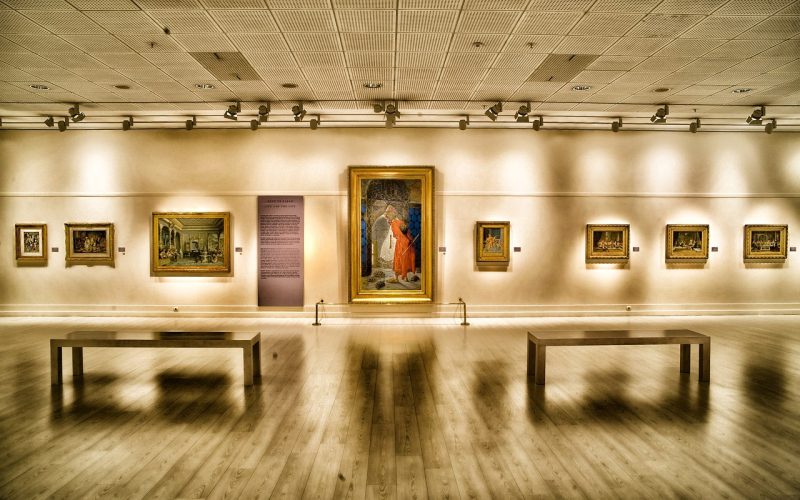American Modernist Art Movement
The American Modernist art movement emerged in the early 20th century, marking a radical departure from traditional artistic conventions. This period was characterised by a desire to break free from the past and explore new forms of expression. Artists sought to capture the essence of modern life through innovative techniques and bold new aesthetics, quickly gaining popularity and leaving an indelible mark on the art world.
The origins of American Modernism
American Modernism can trace its roots back to the late 19th and early 20th centuries when rapid industrialisation, urbanisation, and technological advancements began to reshape society. Influenced by European avant-garde movements like Cubism, Fauvism, and Expressionism, American artists began to experiment with new ways of seeing and representing the world. This shift was marked by the landmark Armory Show in 1913, which introduced audiences in the United States to modern European art and created a cultural awakening that propelled American artists to explore their unique styles.
Key figures in the movement
The American Modernist movement produced a wealth of influential artists who pushed the boundaries of creativity and redefined art in the United States. Among the most prominent figures were Georgia O'Keeffe, known for her striking depictions of flowers and desert landscapes; Edward Hopper, whose realistic yet haunting scenes captured the solitude of urban life; and Charles Sheeler, who celebrated the beauty of industrial forms through precisionist paintings. These artists, along with others like Marsden Hartley and Stuart Davis, helped shape the trajectory of American Modernism and establish it as a powerful force in the global art scene.
The impact of Modernism on American culture
The influence of American Modernism extended beyond the world of fine art and permeated various aspects of American culture. Modernist principles inspired architecture, design, literature, and music, revolutionising the way people experienced and understood the world around them. The movement encouraged artists and creators to experiment with new ideas and techniques, fostering a spirit of innovation that continues to resonate today. This cultural shift not only broadened the scope of artistic expression but also laid the groundwork for future movements like Abstract Expressionism and Pop Art.
Why American Modernism resonates today
The enduring appeal of American Modernism can be attributed to its ability to capture the complexity and dynamism of modern life. The movement's emphasis on individualism and emotional expression resonates with contemporary audiences, who often seek art that speaks to their personal experiences and challenges. Additionally, the bold use of colour, form, and abstraction in Modernist works continues to inspire artists and designers across disciplines, ensuring the movement's relevance in the 21st century.
American Modernism in contemporary collections
American Modernist works are highly sought after by collectors and institutions alike, reflecting the movement's lasting impact on the art world. Major museums like the Museum of Modern Art in New York and the Art Institute of Chicago house extensive collections of Modernist pieces, showcasing the movement's diversity and significance. Public and private collectors continue to acquire Modernist works, recognising their historical importance and timeless appeal. Exhibitions and retrospectives dedicated to American Modernism help keep the movement alive, allowing new generations to explore its rich legacy.
The influence of American Modernism on future art movements
The American Modernist movement paved the way for numerous artistic developments in the mid-20th century, including Abstract Expressionism, Minimalism, and Pop Art. By challenging traditional notions of art and encouraging experimentation, Modernism created a fertile ground for these subsequent movements to flourish. The bold ideas and innovative approaches of American Modernists continue to inspire contemporary artists, who build on their legacy to push the boundaries of creativity and redefine the possibilities of artistic expression.
The American Modernist art movement remains a vital and influential force in the history of art. Its emphasis on innovation, individualism, and emotional expression resonates with audiences and creators alike, ensuring its enduring popularity and significance. As we continue to explore and celebrate the rich tapestry of Modernist works, we are reminded of the movement's profound impact on American culture and its lasting legacy in the world of art.
